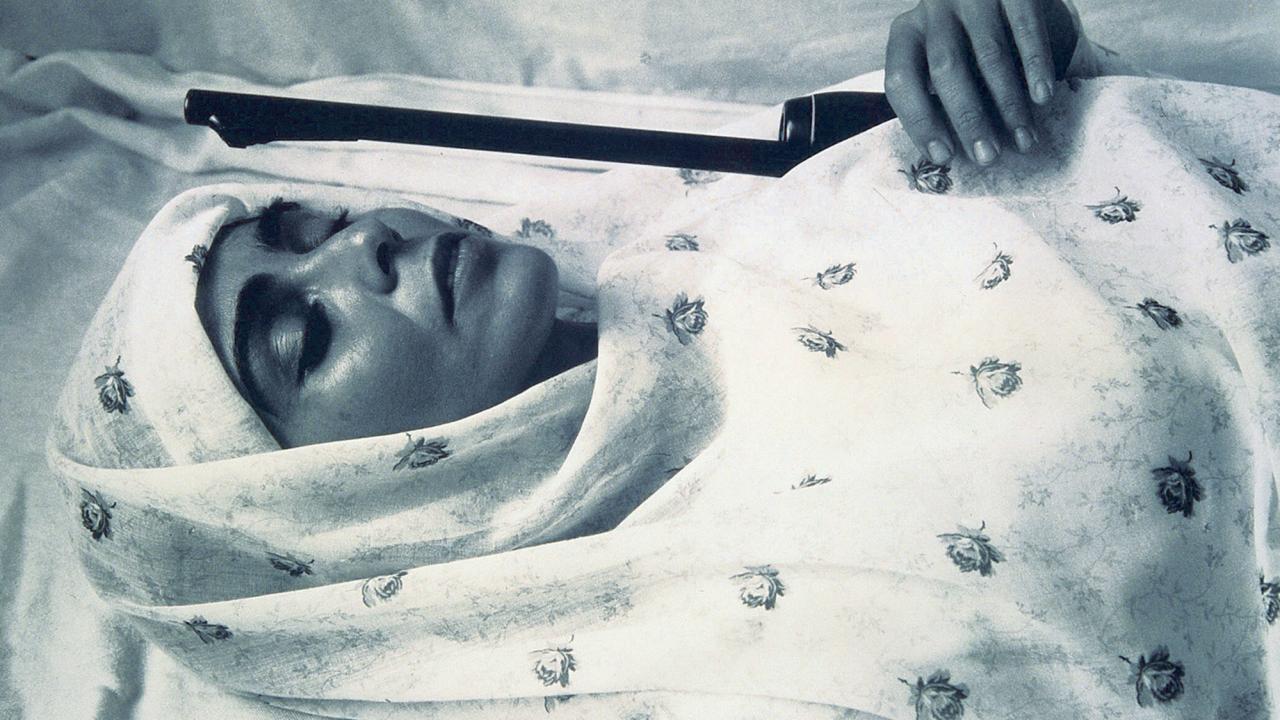Quick Summary
- This summary of art events is updated throughout the season.
Light into Density will remain on display until May 5 at Manetti Shrem
Regular hours for the Manetti Shrem Museum of Art are from 10 a.m. to 5 p.m. Thursday-Monday.
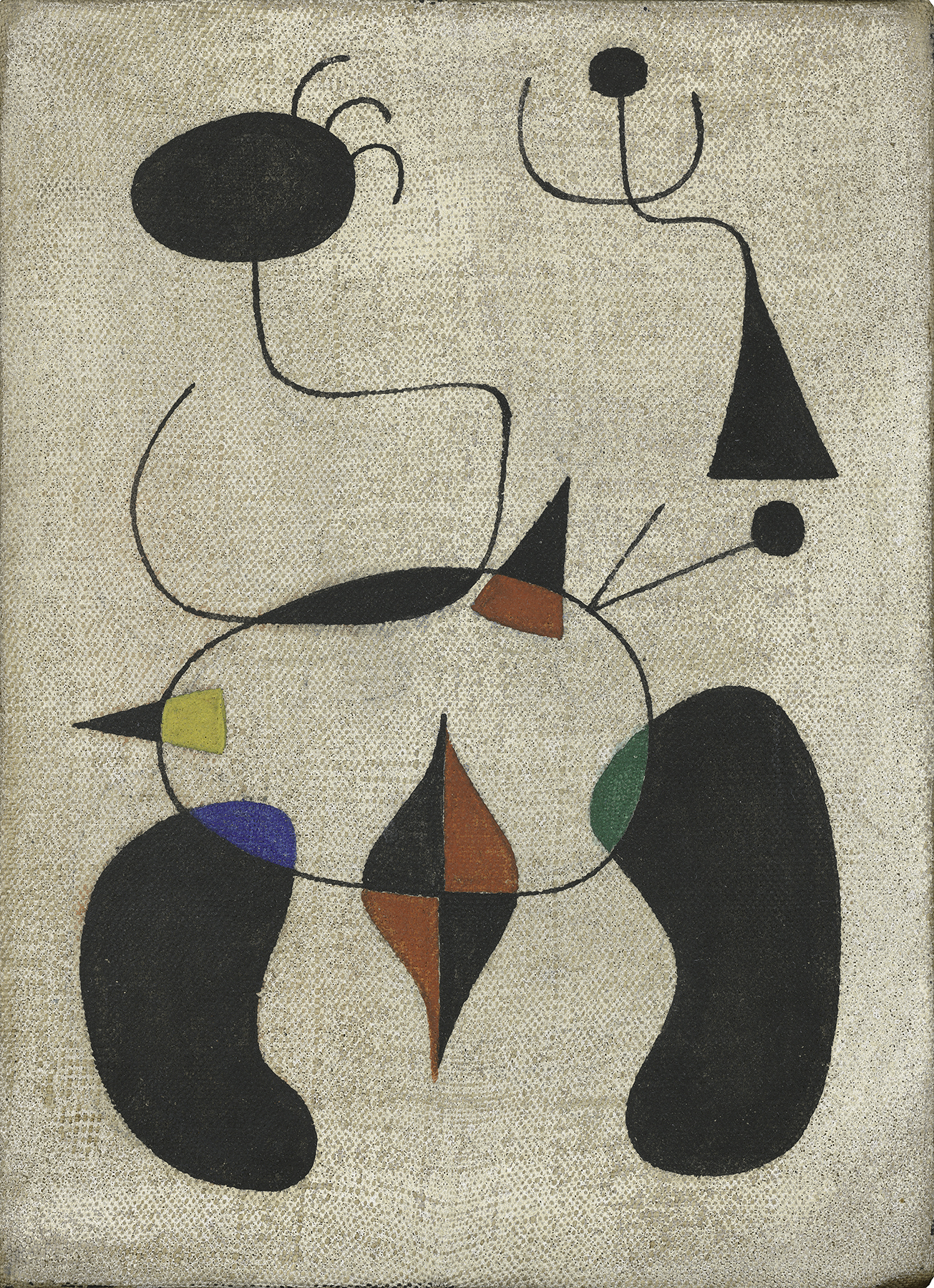
The exhibit, Light into Density: Abstract Encounters 1920s-1960s | From the Collection of Jan Shrem and Maria Manetti Shrem, made its debut this past Sept. at the Manetti Shrem Museum of Art on the UC Davis campus and will be available to view until May, 2025. This student-curated exhibit, the first of its kind at the Manetti Shrem Museum, features 15 incredible paintings made by renowned artists like Salvador Dalí and Joan Miró. The works of art in Light into Density are from the collection of museum’s founding donors, Jan Shrem and Maria Manetti Shrem with the student curators’ goal to demystify abstract art and encourage viewers to create their own interpretations of the artwork.
'Visual Journals' capture international study experiences in Design Museum exhibition at UC Davis
Running from Jan. 21 to April 25, opening at both the Design Museum and at the International Center on the UC Davis campus, Design Museum is in Room 124 at Cruess Hall
“Visual Journals,” an engaging exhibition at both the UC Davis Design Museum (Cruess Hall Room 124) and at the International Center, captures international study experiences through artistic journaling.
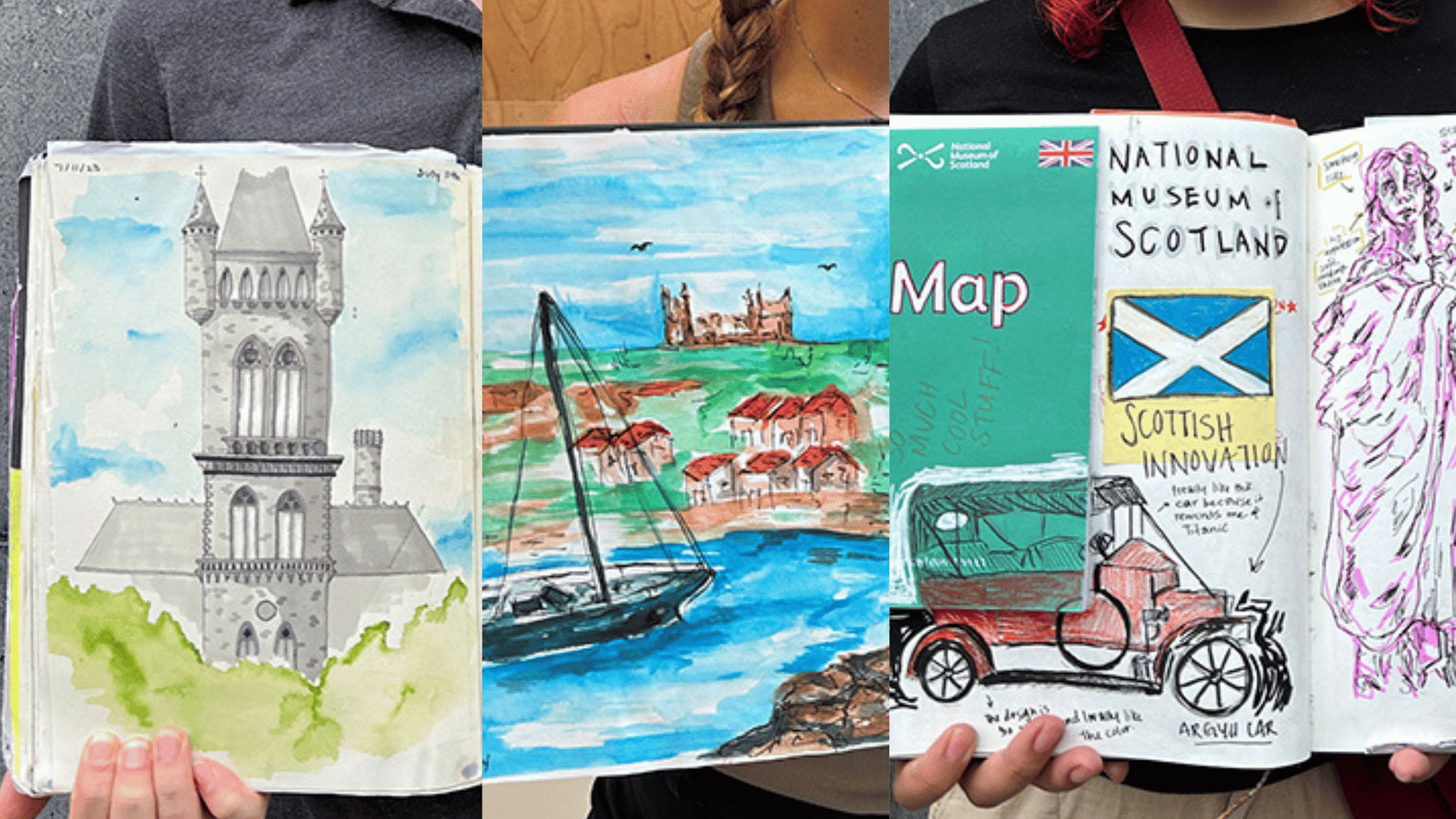
Visual journals are like traditional travel diaries, but instead of written entries, they contain sketches, hand lettering, photographs, magazine cutouts, and printed ephemera. Even dirt, waste, and stains are acceptable if they visually capture feelings, thoughts and ideas the students experienced. During the four-week UC Davis “Design in Europe” study abroad program, students kept a visual journal that responded to the prompt, “What is European Design and Culture?” Their experiences traversing the length of Great Britain with week-long stops in the Netherlands and, more recently, Iceland, formed the basis of their visual journals.
The Design Museum is in Room 124, Cruess Hall, and open Monday–Friday, noon–4 p.m. Admission is free. To schedule a weekend appointment (Sunday 2–4 p.m. only), arrange a group visit, or for further information please call (530) 752-6150 or email the museum at designmuseum@ucdavis.edu.
Ruby Neri and Selections from the Sandretto Re Rebaudengo Collection at the Manetti Shrem Museum of Art
Two exhibitions are at the Manetti Shrem Museum of Art. Curated by Ginny Duncan, the exhibit Ruby Neri: Taking the Deep Dive is the first solo exhibition of the artist’s work and features personal motifs and the female body.
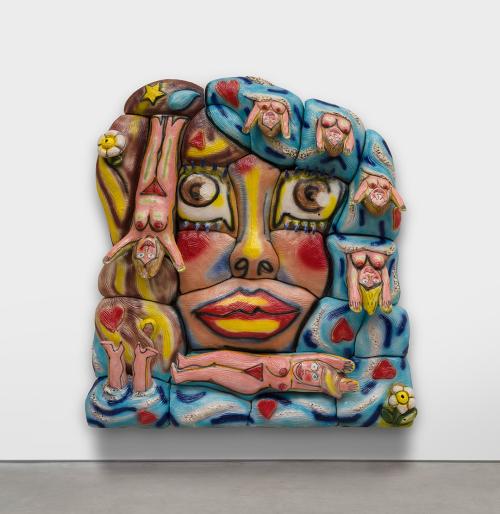
Another new exhibition is Through Their Eyes: Selections from the Sandretto Re Rebaudengo Collection which is not only a mixed media collection by 30 of the most prominent and influential female artists currently working, but also the first U.S. presentation of Italy’s renowned Sandretto Re Rebaudengo Collection. The Sandretto Re Rebaudengo Collection is one of the most important private collections of contemporary art in Europe. The collection focuses on international and intergenerational perspectives of women artists working in a variety of media. It comprises over 2,000 artworks by both emerging young artists and artists of international renown which have been displayed in museums throughout Italy, France, Spain, Austria, Poland and the United Kingdom. Some featured artists include Giulia Andreani, Vanessa Beecroft, Berlinde De Bruyckere, June Crespo, just to name a few.
Ruby Neri: Taking the Deep Dive will be on display until May 5, and Through Their Eyes: Selections from the Sandretto Re Rebaudengo Collection will be on display until June 22.
To learn more about these exhibits, go here: Manetti Shrem Museum to Present U.S. Debut of Italy’s Sandretto Collection, Solo Exhibition of Ceramic Artist Ruby Neri | UC Davis.
The Gorman Museum of Native American Art showcases art from Shingle Springs Band of Miwok Indians
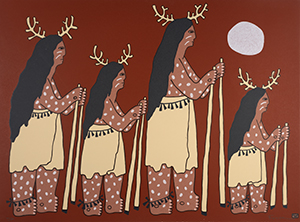
The solo-exhibition Olé Ham Nees: We Call Him Coyote features the artwork of Harry Fonseca drawn from the Shingle Springs Band Collection. Harry (1946-2006) was born in Sacramento of Nisenan Maidu, Hawaiian, and Portuguese heritage, and was an enrolled citizen of the Shingle Springs Band of Miwok Indians.
The exhibition, running from Feb. 12 through Aug. 31, considers multiple series and stylistic shifts from Fonseca’s earliest pieces reflecting his Nisenan Maidu heritage, the Coyote series for which he is most recognized, the influences of rock art in Stone Poems, the political views of Discovery of Gold and Souls in California, to the abstraction and examination of painting in the Stripes and Seasons series.
The museum is located at 181 Old Davis Road, Davis, on the UC Davis campus. This exhibition is sponsored by the Shingle Springs Band of Miwok Indians, The Andrew W. Mellon Foundation Art Museum Futures Fund and the UC Davis College of Letters and Science.
Read more about the exhibit and artist in this article: Gorman Museum Features 'Olé Ham Nees: We Call Him Coyote' | UC Davis
Before smartphones, social media and cookbooks there were postcards: Shields Library showcases exhibits
Cooking Against the Grain, and Greetings from Davis: Views from Local Postcards, are two exhibits currently on display at Shields Library. They are located on the main floor just past the entrance on the left side of the main staircase. Running through March 21.
Based on ideas of German philosopher Walter Benjamin, Cooking Against the Grain demonstrates how cultural objects and artifacts passed down from generation to generation carry the violence or power dynamics of the culture’s marginalized voices. Benjamin reminds us to rethink how we engage with the past and these artifacts, and how important it is to “brush history against the grain” to uncover the suppressed histories they carry.
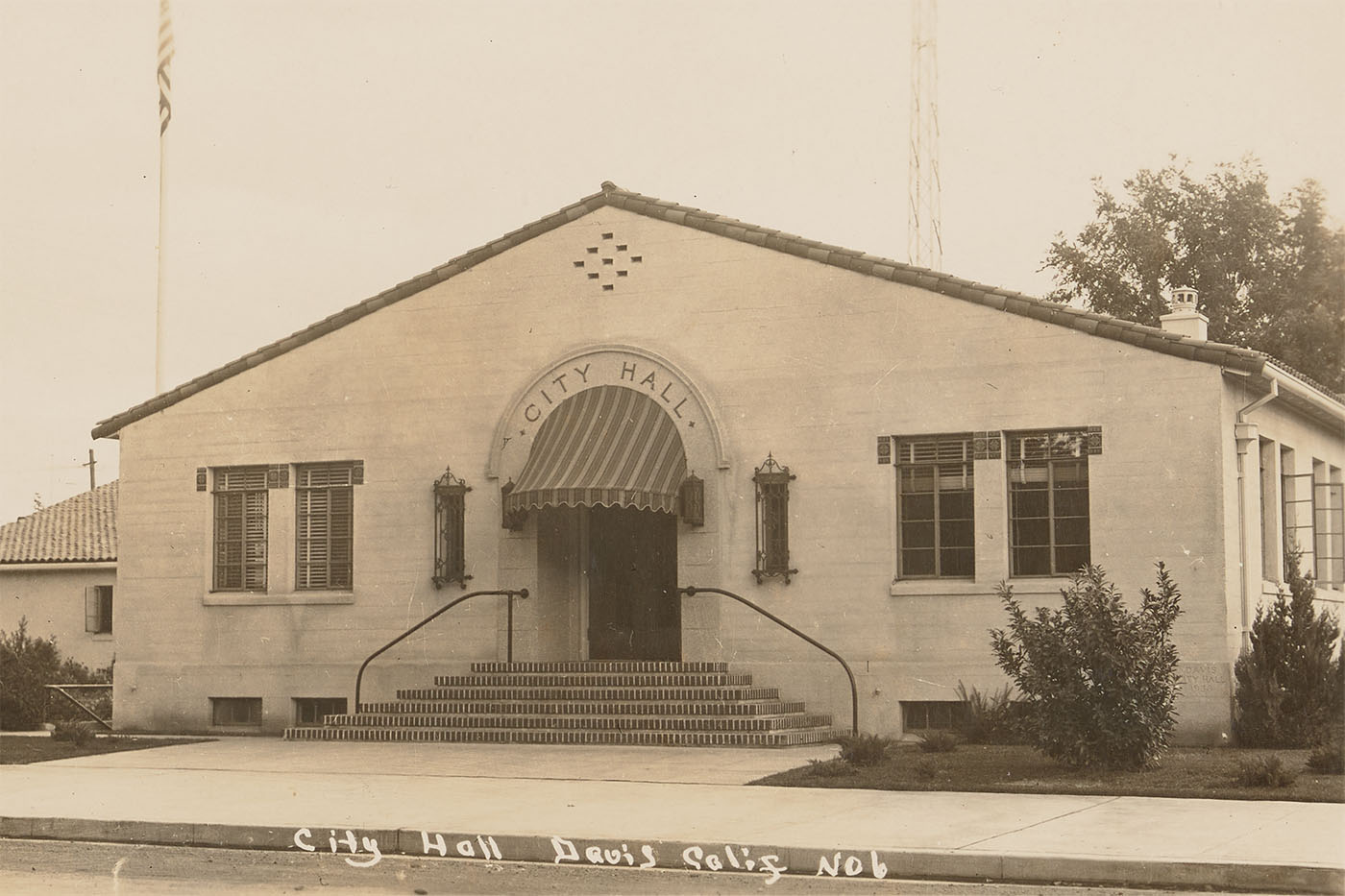
Greetings from Davis is a testament to the pictures and short messages that people used to record important moments in daily life before the advent of smartphones. The postcards on display range from production during the 1910s to 2010s and show how the city of Davis has changed or stayed the same over many decades. As part of the display, Greetings from Davis has a free Davis themed postcard which onlookers are welcome to take and use. You can view digitized versions of these regional postcards, and others, below and at the library’s Digital Collections site. Read more about the exhibits here.
Media Resources
Karen Nikos-Rose, UC Davis Arts Blog Editor, kmnikos@ucdavis.edu
